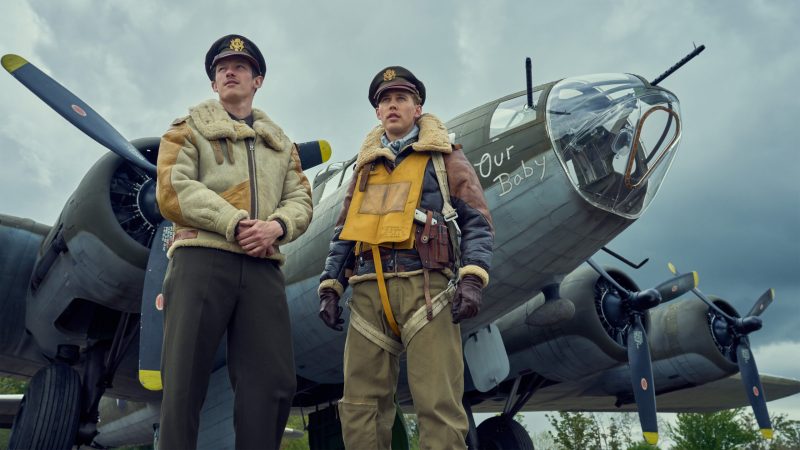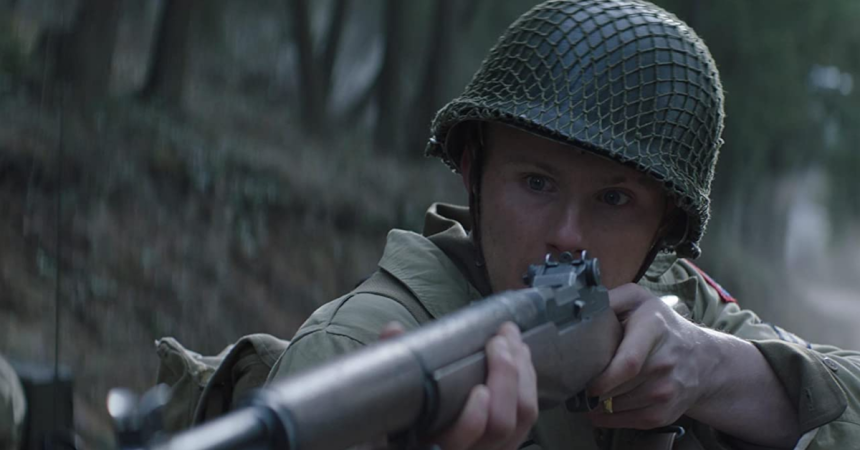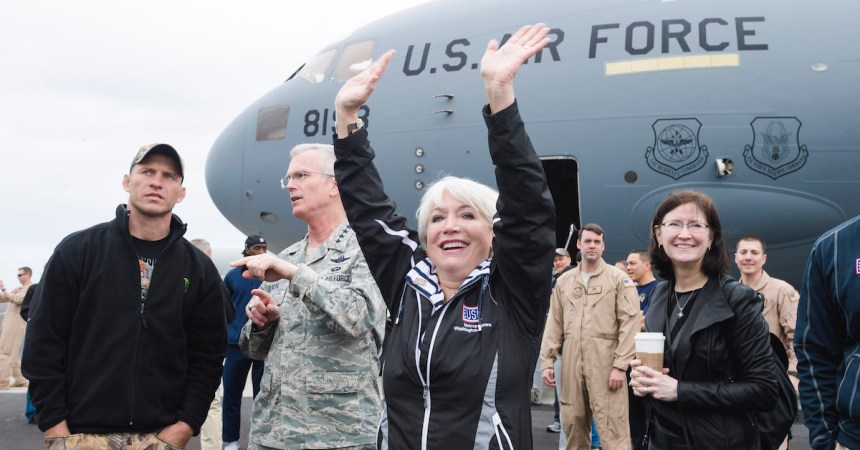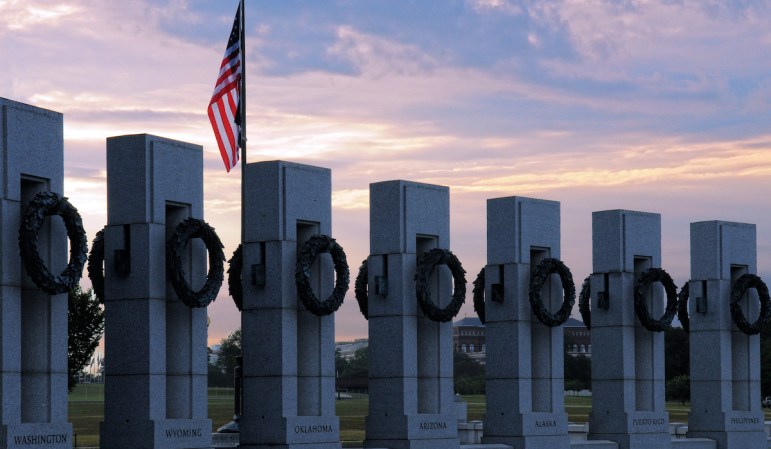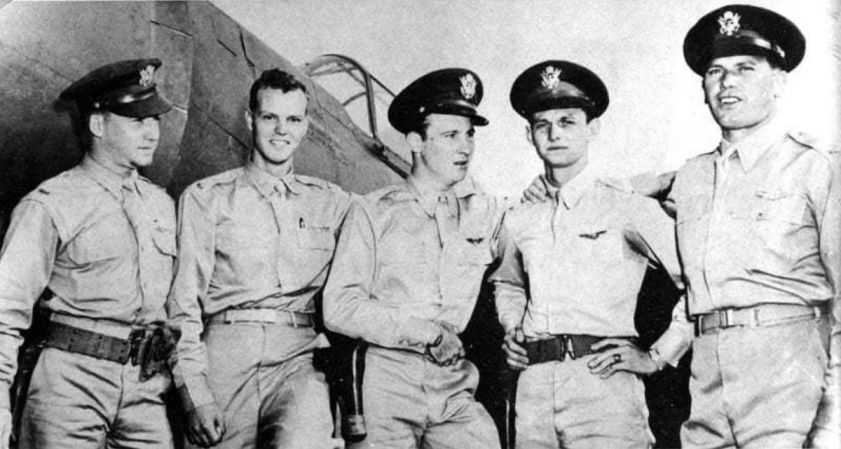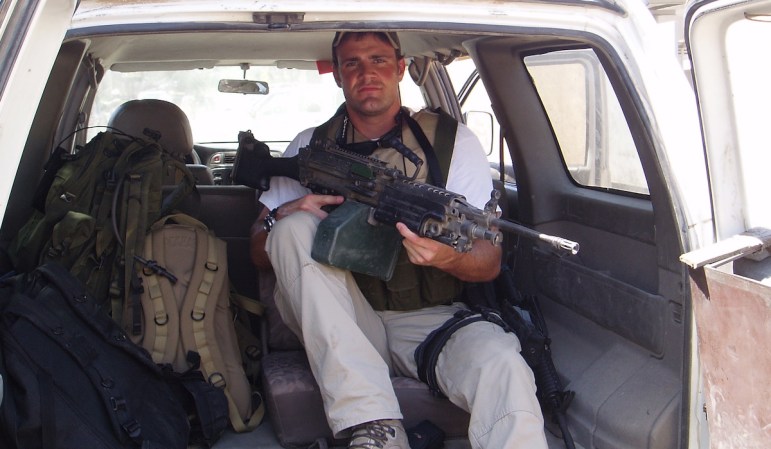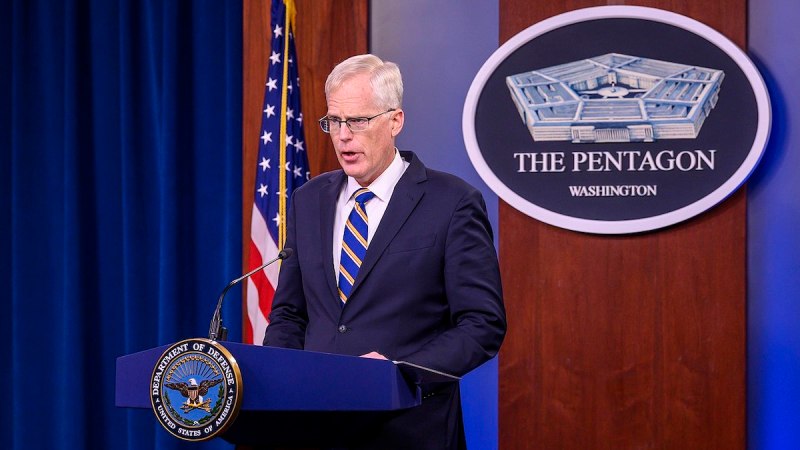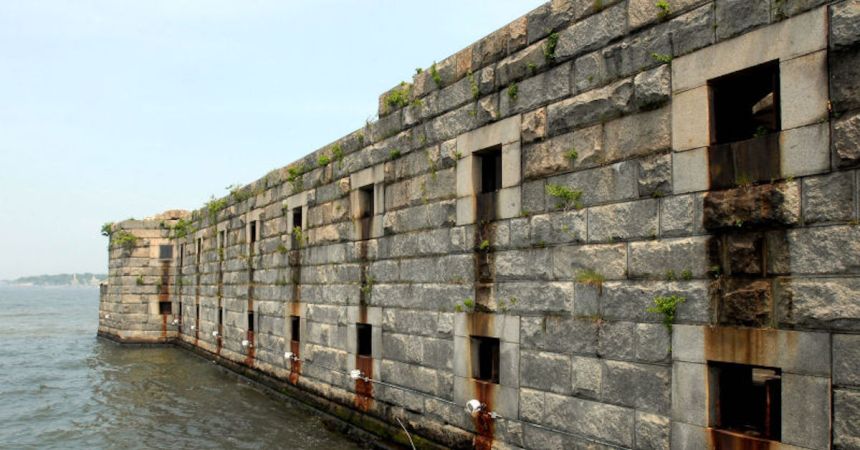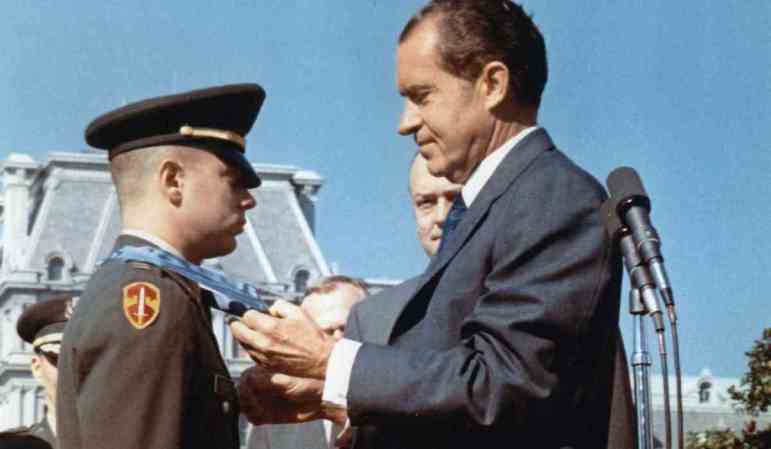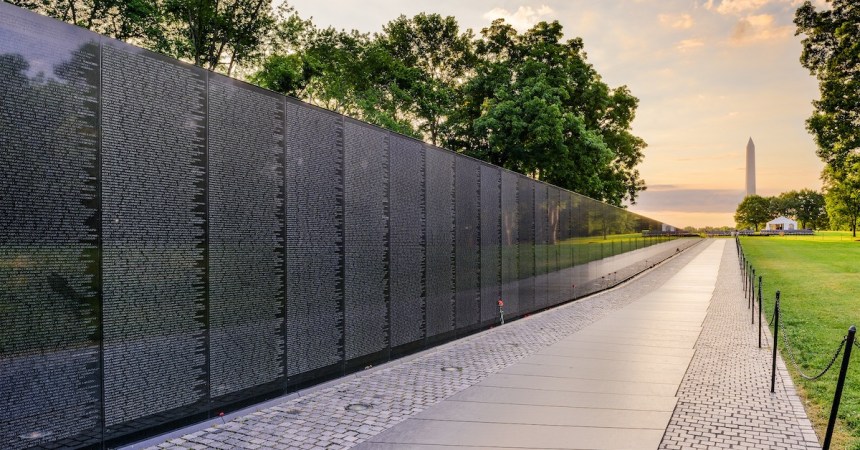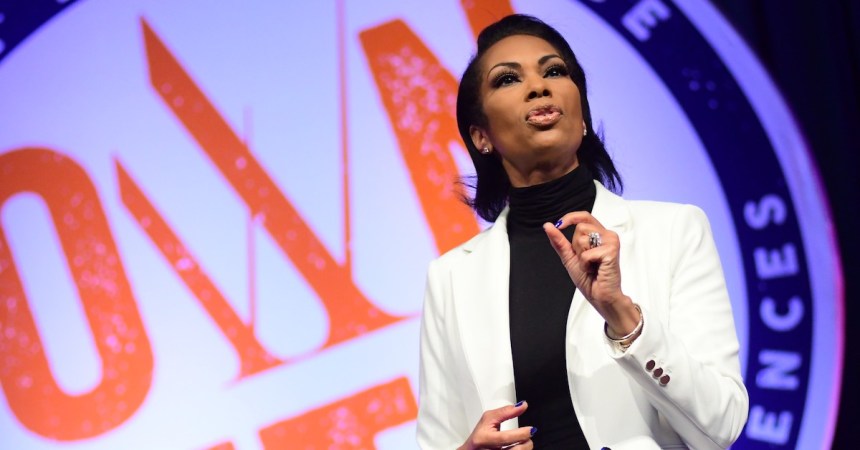These days, military documentaries are all over TV. Some are feature-length films and others are TV series. They cover everything, from discussing various weapon systems to describing famous, historical battles. But there was one series that kicked this whole genre off — that was Victory at Sea. The 26-episode limited series was a smash hit that won an Emmy and a Peabody Award. But it wasn’t just award-winning, it was groundbreaking.
According to the Museum of Broadcast Communications, Navy veteran Harry Salomon was working with Samuel Eliot Morison to compile what would eventually become the fifteen-volume History of United States Naval Operations in World War II when he got the idea to do a TV documentary. In the process, Salomon discovered just how much footage was available — over 11,000 miles of film, shot by all of the warring powers.
Inspired, Salomon talked with his old college roommate, who then worked for NBC. His friend was all for the idea and helped him get the green light for the series in 1951. The United States Navy, coming off the Revolt of the Admirals and fighting the Korean War, agreed to support the venture. NBC offered a $500,000 budget for the series — in 1951 dollars. In today’s money, that’s just under $4.84 million.

The series covered all aspects of the sea battles in the Second World War, including the anti-submarine campaign fought by escort carriers like USS Mission Bay (CVE 59)
(US Navy)
Eventually, the 11,000 miles of film was cut down to a grand total 61,000 feet — just over 11.55 miles. Richard Rodgers, best known for his work on Broadway and in Hollywood, composed a stirring score, Leonard Graves signed on to do narration, and the series was underway. All aspects of the conflict were covered, from the chilly Arctic waters to the heated battles in the paradise of the South Pacific.

The stirring soundtrack provided by Richard Rodgers (of Rodgers and Hammerstein fame) comes through, especially when covering dramatic moments, like the kamikaze campaign.
(US Navy)
The 26-episode series made its premiere in October of 1952. NBC aired the series without commercial interruption. It was a huge hit.
Not only did the naval campaigns of the Second World War get exposed to a wider audience, but an entire new TV genre was launched. Today, the series is under public domain and can be seen on YouTube.
Watch the first episode of the show that gave rise to the military documentary genre below!



